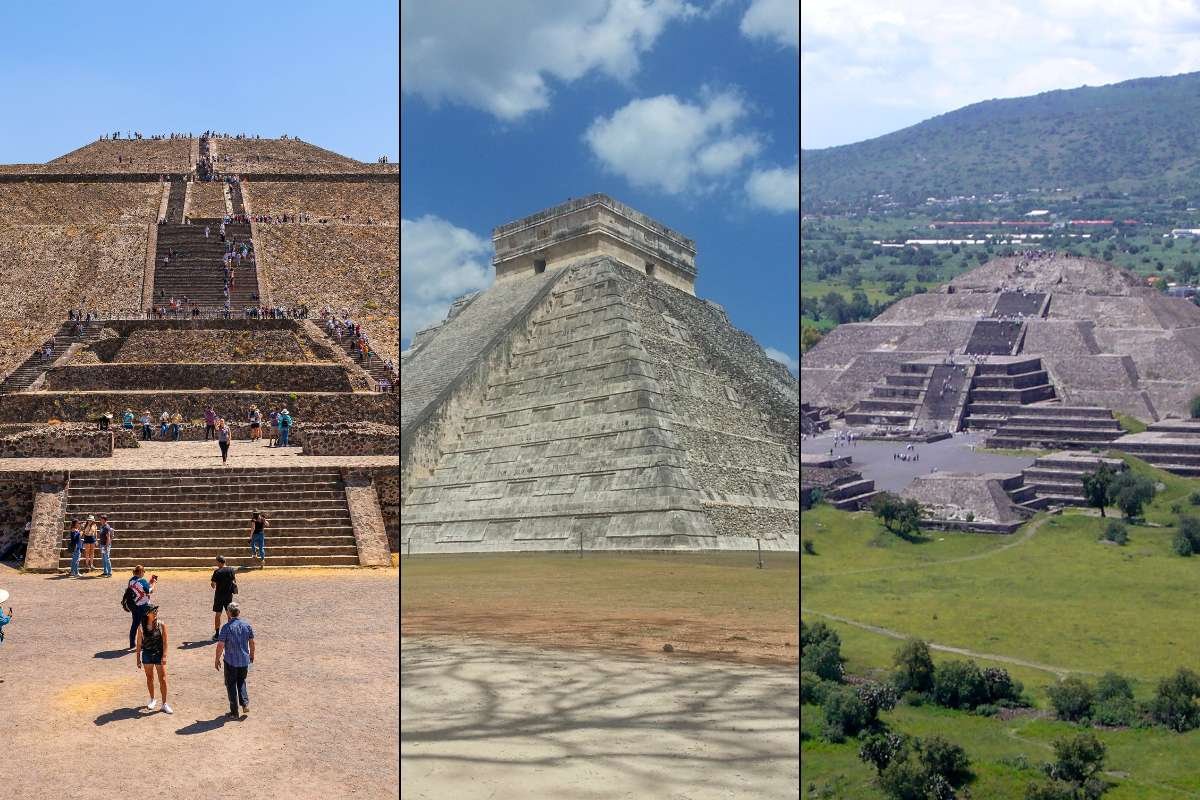The history of machine translation is one marked by a series of unreliable, inaccurate, and often bulky systems. But over the years, technological advancements have drastically changed this industry.
Today, an increasing number of people have embraced a hybrid machine translation model, leading to the rise of machine translation post-editing.
But what is machine translation post-editing (MTPE)?
Well, read on to find out.
What is machine translation post-editing?
Simply put, Machine translation post-editing refers to a hybrid translation model where any translations made by a machine is reviewed by a human editor.
Its goal is to combine the accuracy of a human with the speed of machines to ensure efficient translation.
How it works?
The entire process can be broken down into three steps:
- Step 1 – A source text is fed into a machine translation software which generates a draft translation
- Step 2 – A professional human editor reviews the draft translation, checking for errors and other areas that need improvement
- Step 3 – The editor corrects the grammar, syntax, and terminology issues.
Benefits of MTPE

There are numerous benefits associated with machine translation post-editing. For one, it cuts down the time needed for manual translations especially when dealing with large volumes.
Secondly, it improves translation accuracy since human editors can easily catch costly errors and mistakes that machines miss.
And last but not least, MTPE allows for a translation to have that human touch. By using human editors, the translated texts end up sounding more natural and read fluently.
Best practices for machine translation post-editing
Even as we’ve seen the benefits of MTPE, you shouldn’t jump into it right away. Here are a few best practices to consider before opting to use it:
1. Choose the right machine translation engine
Each machine translation (MT) engine is more suitable for different languages and content types. For instance, some MT systems will provide better outputs translating Asian languages, while others, European languages.
So, evaluate each machine translation engine to determine which one suits your needs and target audience best.
2. Use a high-quality source text

Since MT engines are still in their early development stages, they are not very effective in translating text that’s too technical.
So, check to ensure that your original text doesn’t have too much jargon, and the sentence structures aren’t too complex.
3. Understand common MT errors
During the editing process, you can make your work easier by familiarizing yourself with the common errors that a machine makes. This could be anything from mistranslated phrases to factual errors.
With this information, your editor will know exactly where to focus their attention.
4. Provide relevant terminology and style guide
When working with a large team of editors you should consider providing reference documents, glossaries, and style guides. This will ensure that your final output after editing remains consistent, even when you hire new editors.
5. Continuously evaluate MTPE performance

As you continue to offer translation services, it’s good to conduct a continuous evaluation of your MTPE system. Check for its accuracy, consistency, fluency, and adherence to client standards, to determine where it needs improvement.
You can use feedback loops between translators, editors, and your clients to help in the evaluation.
Final thoughts
There’s a lot to gain from machine translation post-editing. By blending human editors and machine translators, businesses, and organizations can enjoy faster and cheaper translation services.
And by following these best practices, you can be sure that MTPE will deliver quality translations that meet your client’s needs.


















